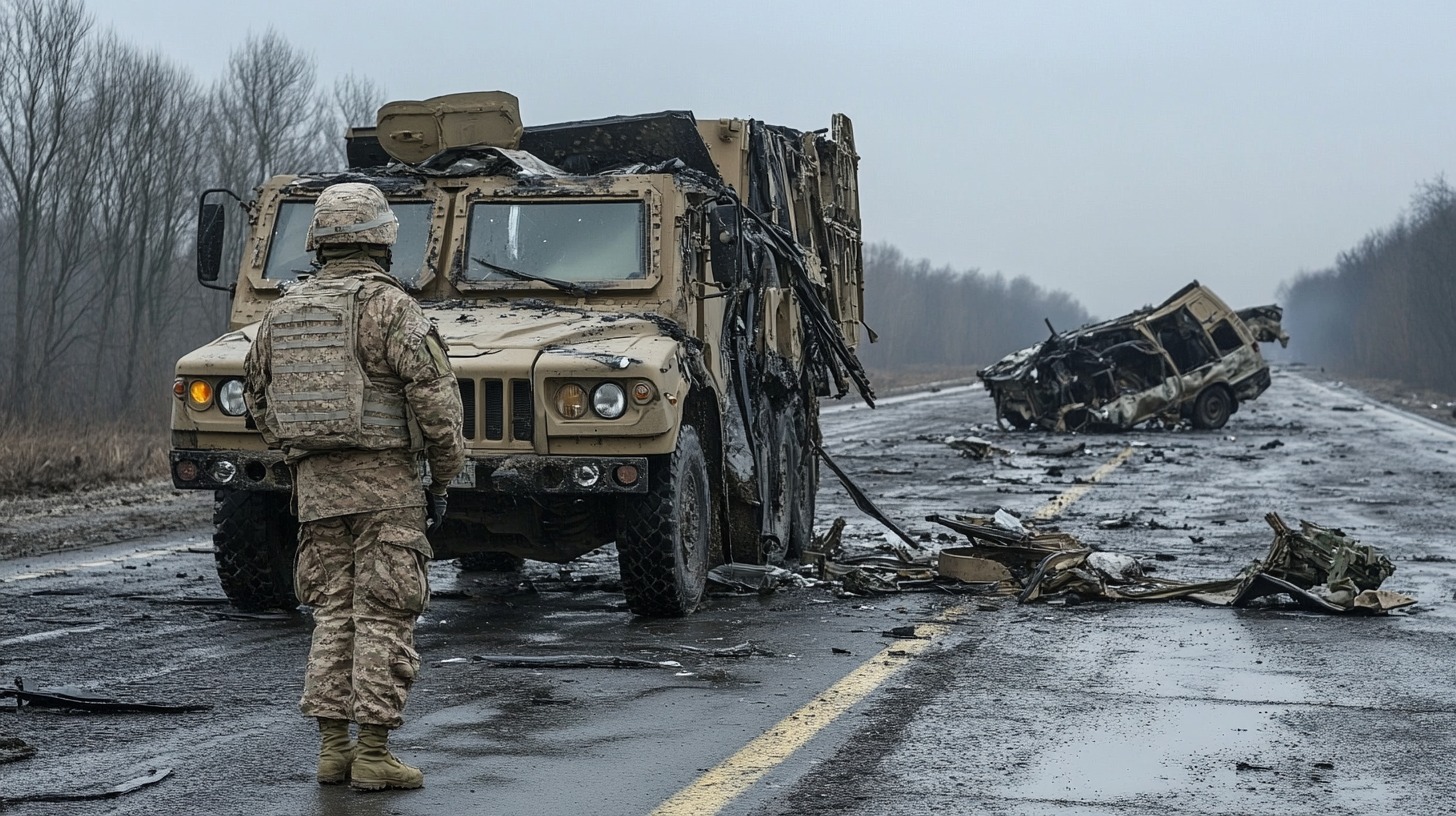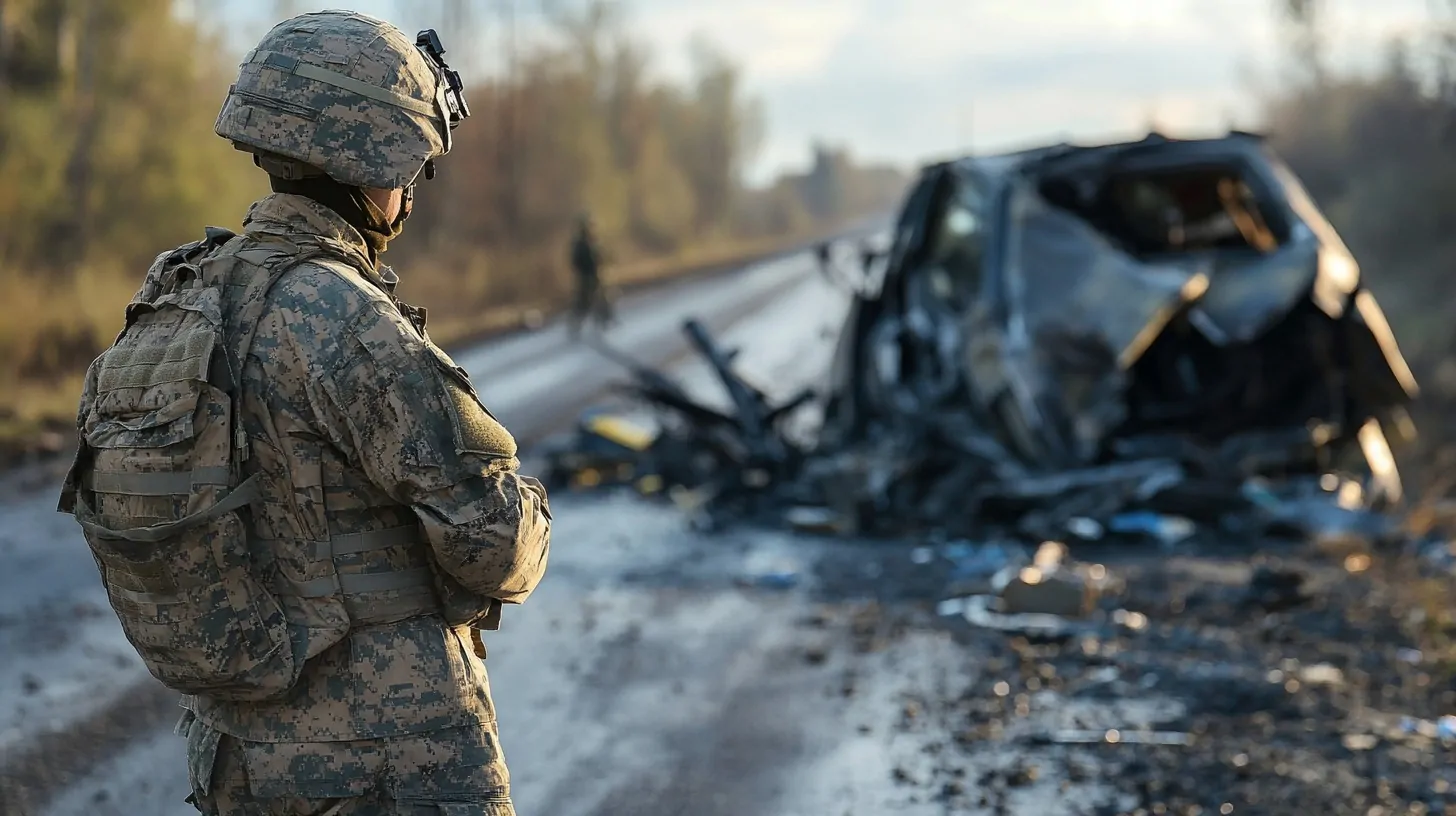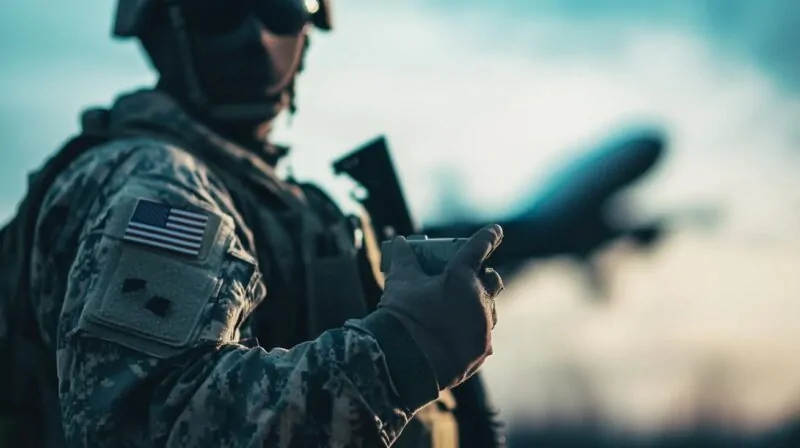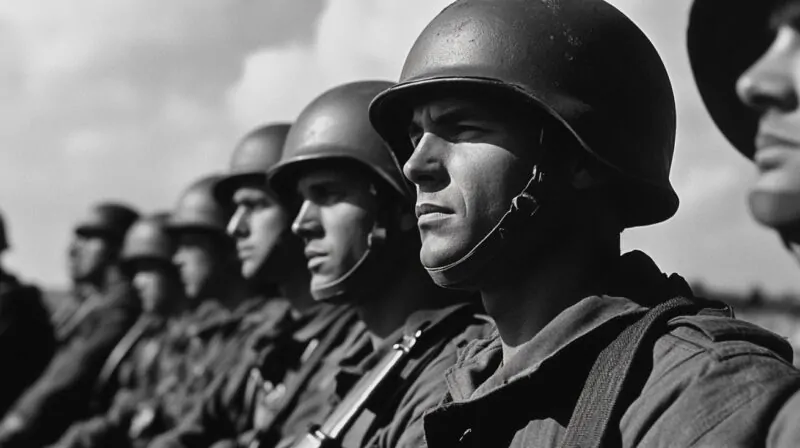Road traffic accidents have significant consequences for anyone involved, but for military personnel, the stakes are higher.
Injuries sustained in such incidents can not only affect physical well-being but also bring an abrupt end to a career built on discipline and service.
Unlike civilians, service members must meet strict medical and operational standards, which means that even seemingly minor injuries can lead to discharge.
Legal and financial implications also play a crucial role. Compensation, rehabilitation, and pension concerns are among the many issues that arise.
Medical and Career Consequences
A road traffic accident can have serious consequences for military personnel, affecting both physical health and career prospects. Unlike civilian professions, military service demands a high level of fitness, endurance, and operational capability.
.Even minor injuries can create long-term complications that make it difficult to meet medical standards.
The road to recovery often involves extensive rehabilitation, and in many cases, service members must transition into civilian life sooner than expected.
The effects are not only physical but also financial and psychological, leading to a significant shift in future plans.

Failure to Meet Military Medical Standards
The military has strict health and fitness requirements. Personnel must be physically capable of performing their duties, which include prolonged physical exertion, carrying heavy loads, and functioning under extreme conditions.
When an accident results in injuries that reduce mobility or endurance, a medical evaluation is conducted to determine if the service member can continue their duties.
- Medical downgrading – If a service member’s medical classification is lowered due to injuries, they may face restrictions on assignments, deployments, or promotions.
- Discharge due to medical ineligibility – If the recovery process does not restore full function, the military may discharge the individual.
- Limited treatment options within the military – While medical care is available, certain injuries may require specialized rehabilitation that the military system cannot fully support.
- Difficulty returning to operational roles – Those with severe injuries may struggle to regain the fitness level required for active service.
Even with rehabilitation, some injuries never fully heal. Conditions such as spinal damage, traumatic brain injuries, and severe fractures can permanently reduce a person’s ability to perform their duties.
Once an individual is deemed unfit for service, they may be placed on a medical discharge track, which often means a forced transition out of military life.
Short- and Long-Term Health Impacts
Recovery after a serious accident can take months or even years, requiring ongoing medical intervention. The extent of recovery varies based on the severity of injuries, access to rehabilitation, and the body’s response to treatment.
- Rehabilitation and physical therapy – Many injuries require extensive therapy to regain mobility, strength, and coordination.
- Surgical interventions – Some injuries demand multiple surgeries, leading to long recovery times.
- Adjustments to daily routines – Basic activities such as walking, lifting objects, or even maintaining balance may become difficult.
- Psychological effects – PTSD, anxiety, and depression are common after traumatic accidents, especially for those accustomed to an active and structured lifestyle.
Long-term consequences:
- Chronic pain – Lingering discomfort or nerve damage can impact movement and daily function.
- Loss of mobility – Some injuries result in permanent physical limitations, making certain tasks impossible.
- Impact on employment opportunities – Many military roles do not have direct civilian equivalents, making career transitions difficult.
- Ongoing medical needs – Some individuals require long-term treatment, including medication, specialized care, or assistive devices.
The shift from a highly physical role to one that requires adjustments due to injury can be mentally and emotionally taxing.
The process of accepting new limitations is not easy, and many service members struggle with a loss of identity once they are no longer part of the military.
Career Termination and Loss of Future Prospects
Military careers are built on discipline, skill, and physical readiness. A road traffic accident can disrupt long-term career goals, leaving service members with limited options.
- Inability to meet deployment requirements – Many promotions depend on the ability to deploy, train, or take on leadership roles.
- Restricted job assignments – Those with medical downgrades may be assigned to desk jobs or support roles, limiting opportunities for advancement.
- Shift away from specialized training – Certain military careers require peak physical fitness, meaning those who cannot meet those standards may need to transition out.
Financial consequences:
- Loss of military benefits – Those discharged for medical reasons may lose housing allowances, bonus structures, and specialized career training.
- Impact on pension eligibility – Some injuries force personnel out of service before they qualify for full pension benefits.
- Sudden loss of income – Many service members face financial hardship if they are unable to transition smoothly into civilian careers.
Adjusting to life outside the military after an abrupt career-ending accident is challenging.
Without proper financial planning and legal guidance, many struggle to find stable employment and long-term security.
The effects of an accident extend far past the initial injury, shaping the course of life in ways that are difficult to predict.
Causes of Road Traffic Accidents in the Military

Road traffic accidents involving military personnel occur for a variety of reasons, ranging from the negligence of civilian drivers to the unique demands of military operations.
Unlike civilian drivers, service members often operate under high-pressure conditions, use specialized vehicles, and travel through hazardous environments.
Even though the drivers are not civilians in this case, this doesn’t mean there’s no work for law professionals in these cases.
These factors significantly increase the likelihood of collisions, mechanical failures, and driver fatigue.
Negligence of Other Drivers
Military personnel frequently share the road with civilian drivers who may engage in reckless or irresponsible behavior. It increases the likelihood of accidents, as even the most highly trained service members cannot always avoid the dangers created by others.
- Failure to stop in time – Running stop signs or traffic signals, ignoring yield signs, or making abrupt lane changes without checking for oncoming traffic.
- Driving under the influence – Alcohol or drug impairment leads to delayed reaction times, poor judgment, and an increased risk of head-on or rear-end collisions.
- Speeding or reckless driving – Excessive speed reduces a driver’s ability to react to sudden changes in traffic flow or road conditions, often making crashes more severe.
- Distracted driving – Civilian drivers frequently use mobile phones, adjust navigation systems, or engage in other activities that take their attention off the road.
- Failure to yield – Many drivers do not recognize military convoys or specialized vehicles, leading to right-of-way violations and collisions.
Even when military personnel adhere to traffic laws and defensive driving practices, they remain vulnerable to the careless actions of others.
Unlike civilians, however, a severe injury in an accident can lead to medical discharge and the abrupt end of a military career.
What is the leading cause of death of young people? Car crashes https://t.co/UrFPQ9WxiV
— UN Road Safety (@UNRSC) February 23, 2025
Military-Specific Factors
Military operations introduce additional risks that are not present in civilian driving. These include the use of heavy-duty vehicles, challenging driving conditions, and exhaustion due to demanding schedules.
- Use of logistic and combat vehicles – Military personnel often operate large transport trucks, armored carriers, and combat vehicles. These machines require specialized training, and errors in handling can result in crashes.
- Lack of road markings in training zones – Many military installations lack clear lane indicators or standard traffic signage, making navigation difficult and increasing the risk of unintended collisions.
- Driver fatigue – Service members frequently work long shifts, including overnight missions. Fatigue impairs judgment, slows reaction times, and makes falling asleep at the wheel a real danger.
- Poorly maintained roads and military vehicles – Many bases, particularly those in remote locations or conflict zones, have damaged infrastructure. Potholes, unpaved roads, and inadequate lighting make driving hazardous.
- High-pressure driving conditions – In active military zones, drivers may be required to navigate through unpredictable terrain, avoid hostile threats, or operate in blackout conditions. These circumstances make accidents far more likely.
Unlike in civilian settings, where road safety regulations are standardized, military environments demand flexibility, adaptability, and quick decision-making.
Unfortunately, these conditions create higher accident risks that can lead to long-term consequences for service members.
Legal Options for Affected Military Personnel

Sustaining an injury in a road traffic accident can have severe consequences for military personnel, impacting their careers, health, and financial stability. However, service members have legal options to seek compensation and support.
Depending on the circumstances, they may be eligible to file personal injury claims, pursue military-specific compensation, or apply for government-backed financial relief. Each route comes with different requirements, time limits, and benefits.
Seeking legal advice at the earliest opportunity can help injured personnel maximize their entitlements and avoid delays in securing financial assistance.
Personal Injury Claims Against Responsible Parties
When another driver is at fault, service members may have the right to file a personal injury claim. Compensation can cover medical expenses, rehabilitation costs, and lost income. Such claims can be complex, requiring legal expertise to secure a fair settlement.
Insurance companies may attempt to downplay the severity of injuries or argue against full compensation. Seeking legal assistance ensures that affected personnel receive appropriate financial support to aid in their recovery and transition.
Military Road Traffic Accident Claims
Accidents that occur while on duty may qualify for military-specific claims. Compensation can be sought through legal teams that focus on cases involving armed forces personnel. These claims apply to both on-duty and off-duty incidents, depending on circumstances.
Navigating these claims requires a thorough approach. Military personnel must provide medical records, incident reports, and witness statements to support their case. Legal guidance plays a crucial role in ensuring fair treatment.
Armed Forces Compensation Scheme (AFCS)
The AFCS provides financial relief for service-related injuries, operating on a ‘no-fault’ basis. This means that personnel do not need to prove liability to receive compensation. However, there are strict time limits—most claims must be filed within seven years, compared to the three-year deadline for civil claims.
AFCS payouts vary depending on the severity of the injury. While the system offers financial support, compensation may be lower than expected. Seeking legal advice helps claimants explore additional options for securing long-term financial stability.
Financial and Rehabilitation Support

Recovering after a road traffic accident can be physically, emotionally, and financially overwhelming.
- Long-term medical expenses
- Job uncertainty
- Unexpected lifestyle adjustments
Financial assistance plays a crucial role in ensuring they receive the care and support needed to transition into a sustainable future.
Various compensation programs, charities, and financial planning options are available to help affected service members rebuild their lives.
Types of Compensation Available
Several forms of financial assistance exist to help personnel adjust after an accident.
- Loss of earnings due to career disruption.
- Home modifications to accommodate disabilities.
- Specialist equipment such as mobility aids.
- Private healthcare for those seeking faster treatment options.
These forms of support help personnel maintain independence and improve their quality of life. Properly structured compensation can also ensure financial security for years to come.

Military Charities and Support Networks
Many organizations provide assistance to injured service members. Charities offer emotional support, financial aid, and legal guidance. Groups such as The Royal British Legion, Help for Heroes, and SSAFA provide resources tailored to the needs of military personnel.
Support networks help individuals navigate the transition after leaving service. They offer rehabilitation programs, mental health support, and employment opportunities for those seeking alternative careers.
Long-Term Financial Planning for Affected Personnel
Planning for financial stability is crucial. Injured personnel may need to adjust pension contributions, set up personal injury trusts, or explore investment options. Proper planning can help safeguard compensation payouts and ensure they last throughout post-service life.
Personal injury trusts are often recommended to protect compensation money. These trusts allow injured personnel to manage funds while remaining eligible for state benefits, ensuring financial security in the long run.
Summary
A single road traffic accident can change the course of a military career. Physical injuries, medical disqualification, and financial concerns all come into play. While some service members may recover and return to duty, many face an unexpected transition into civilian life.
Legal action and financial planning provide crucial support during this process. Those affected should seek expert advice early to maximize compensation and secure a stable future. Taking proactive steps ensures that recovery—both physical and financial—is as smooth as possible.







